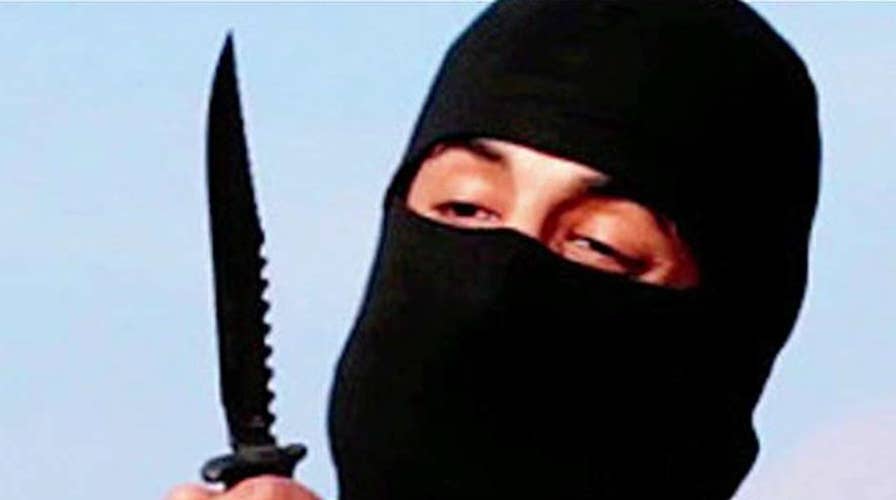ISIS confirms: 'Jihadi John' killed in US airstrike
The infamous executioner was killed in an airstrike in Syria last year
For the first time, a propaganda magazine for the Islamic State terror group included an admission that the notorious militant known as "Jihadi John" was dead.
It appears in the latest edition of the magazine Dabiq. U.S. officials had previously said an airstrike killed him in Syria in November.
The magazine reports "Jihadi John," otherwise known as Mohammed Emwazi, was born in Kuwait and traveled to the United Kingdom when he was young.
He had figured prominently in a string of ISIS beheading videos, but analysts said he eventually became an outcast as U.S. and British intelligence teams devoted more time and resources to finding him.
"His harshness towards the kuffar (disbelievers) was manifested through deeds that enraged all the nations, religions, and factions of kufr, the entire world bearing witness to this," the Dabiq article said, according to a translation provided by SITE.
Army Col. Steve Warren, a U.S. military spokesman, said in November that the Army was "reasonably certain" that a drone strike in Syria had killed Emwazi, who spoke in beheading videos with a British accent as he wielded a knife.
Separately, a U.S. official said three drones — two U.S. and one British — targeted the vehicle in which Emwazi was believed to be traveling in Raqqa, the capital of the Islamic State's self-proclaimed caliphate in northern Syria. The official said the U.S. drone fired a Hellfire missile that struck the vehicle.
The day after the Pentagon announced the airstrike, terrorists launched the Nov. 13 massacre in Paris, killing more than 100 people. Analysts said it did not appear that the attacks were retribution for the strike against Emwazi.
"Jihadi John" appeared in videos posted online by the Islamic State starting in August 2014 that depicted the beheadings of U.S. journalists Steven Sotloff and James Foley, U.S. aid worker Peter Kassig, British aid workers David Haines and Alan Henning, and Japanese journalist Kenji Goto.
Sotloff's mother, Shirley Sotloff, told The Associated Press on Tuesday that she hadn't heard about the IS announcement but assumed Emwazi was dead following the Army's announcement last fall.
"It's good," she said. "I'm glad that he's gone, but it doesn't bring back my son."
Jodi Perras, a spokeswoman for the Kassig family in Indianapolis, said they had no comment on the news about Jihadi John.
In the gruesome videos, a tall masked figure clad in black and speaking in a British accent typically began with a political rant taunting the West and a kneeling hostage clad in an orange prison-style jumpsuit before him, then ended it holding an oversize knife in his hand with the headless victim lying before him in the sand. The videos don't make clear if he carried out the actual killings.
He also appeared as a narrator in videos of other beheadings, including the mass killing of captive Syrian government soldiers.
Emwazi was believed to be in his mid-20s when he was killed. He had been described by a former hostage as a psychopath who enjoyed threatening his Western captives.
Spanish journalist Javier Espinosa, who was held by the IS in Syria for more than six months after his abduction in September 2013, said Emwazi would explain precisely how the militants would carry out a beheading.
The hostages nicknamed three British-sounding captors "the Beatles," with "Jihadi John" a reference to JohnLennon, Espinosa said.
Emwazi was born in Kuwait and spent part of his childhood in the poor Taima area of Jahra before moving to Britain as a boy, according to news reports quoting Syrian activists who knew the family. He attended state schools in London, then studied computer science at the University of Westminster before leaving for Syria in 2013.
The Associated Press contributed to this report.

